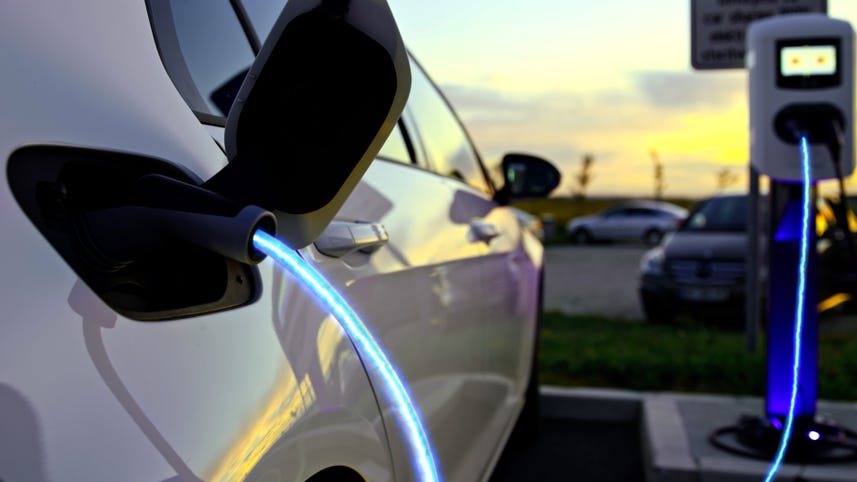The automotive landscape is undergoing a monumental transformation driven by a phenomenon known as Automotive Electrification. This sweeping change is reshaping the industry’s trajectory, from the vehicles we drive to the infrastructure that supports them. The electric revolution is not just about swapping traditional engines for batteries; it signifies a paradigm shift towards cleaner, more sustainable transportation solutions.

Accelerating Towards a Greener Future
As the world grapples with environmental challenges, Automotive Electrification emerges as a beacon of hope. Electric vehicles (EVs) are gaining unprecedented momentum, offering zero tailpipe emissions and reduced carbon footprints. The allure of silent, emission-free driving is captivating consumers and igniting a wave of enthusiasm for greener mobility options.
Beyond the Battery: Innovative Propulsion Systems
The electric revolution extends beyond the battery itself. Automotive Electrification encompasses a spectrum of innovative propulsion systems, each designed to optimize efficiency and performance. Hydrogen fuel cells, for instance, are emerging as a contender, offering rapid refueling and extended ranges. Plug-in hybrids seamlessly merge electric power with internal combustion engines, providing flexibility for longer journeys.
Charging Ahead: The Evolution of Infrastructure
As EV adoption gains traction, the evolution of charging infrastructure is pivotal. Automotive Electrification necessitates a robust network of charging stations, from conventional Level 2 chargers to high-speed DC fast chargers. Investment in charging technology and expanding charging accessibility are essential to alleviate range anxiety and promote EV adoption.
Disrupting the Status Quo: Automotive Industry Transformation
The electric revolution is not merely a technological shift; it’s a catalyst for the Automotive Electrification of the entire industry. Automakers are reimagining vehicle design, integrating advanced aerodynamics and lightweight materials to maximize electric range. The electric propulsion system offers newfound design freedom, resulting in sleek, futuristic vehicle aesthetics.
The Road Ahead: Overcoming Challenges
While Automotive Electrification offers promising benefits, challenges remain on the road ahead. Battery technology, while advancing rapidly, requires continued innovation to enhance energy density and charging speed. Additionally, transitioning legacy infrastructure to support EVs and addressing concerns about supply chain sustainability are crucial for a successful electric revolution.
A Global Movement: Policy and Environmental Impact
The electric revolution is not confined to the automotive realm; it’s part of a global movement towards sustainability. Governments are implementing ambitious policies to incentivize EV adoption, from purchase incentives to emissions regulations. The environmental impact of Automotive Electrification extends beyond reduced emissions, influencing urban air quality and reducing noise pollution.
Embracing Change: Consumer Mindset Shift
As the electric revolution gains momentum, consumers are experiencing a paradigm shift in their mindset. Automotive Electrification requires a shift from traditional refueling habits to embracing charging routines. Range anxiety, once a prominent concern, is diminishing as EVs achieve longer distances between charges.
Conclusion
The electric revolution is ushering in a new era of Automotive Electrification, redefining transportation as we know it. The convergence of innovative propulsion systems, charging infrastructure evolution, and a broader industry transformation are propelling the automotive landscape towards a sustainable and electrifying future. As the electric revolution charges ahead, the automotive industry is not merely embracing change; it’s catalyzing a cleaner, more promising tomorrow.








